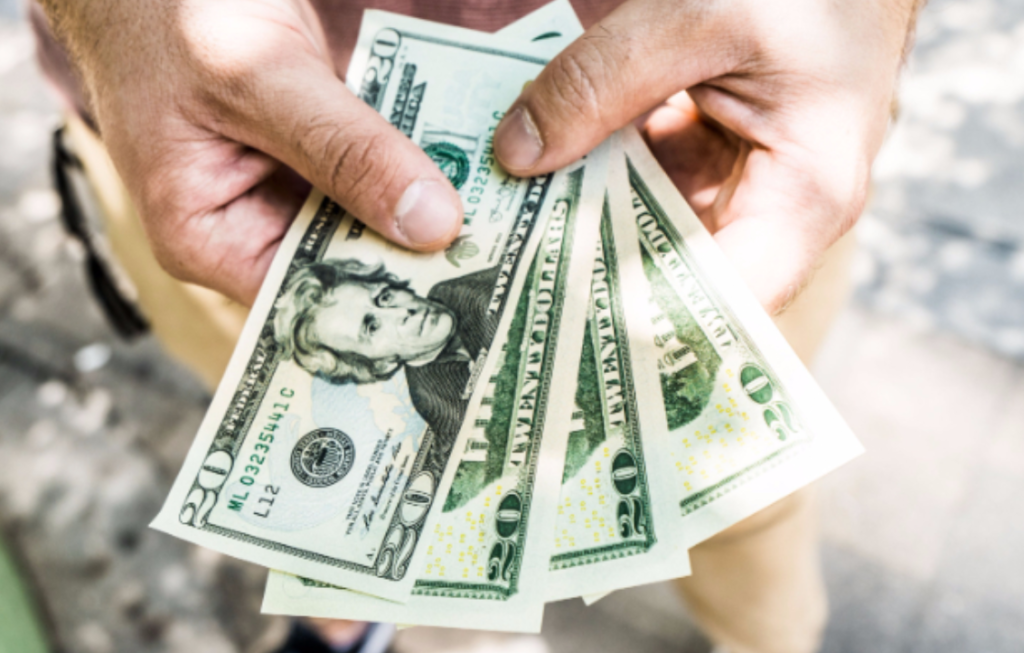Tempted by some currency trading? Well it is easy, except for the jargon, and this guide will help you get past that and into trading.
To start with, everyone calls it forex trading, which is an amalgamation of the words “foreign exchange”. Now that’s out of the way, let’s look at some of the other concepts, knowledge is power when it comes to trading, so do your research.
Currency pairs
If you go out and buy a stock –say Tesco – you just buy Tesco. If you’re using a spread betting service you can take a position on whether Tesco stock will go up or down, and you make a profit if you are right. But when you make a forex trade, it always involves another currency. It wouldn’t make sense to bet that the US dollar was going up. Up against what? Up against the Euro? The pound? The Swiss franc? You can see the issue – a currency can rise against one currency and fall against another.
So when you trade a currency, you always trade a pair. If you think the dollar is going to go up against the Euro, then it’s obvious that you also think the Euro is going to go down against the dollar. So you have a dollar / euro view. Now you need to make the trade that will reflect that.

The mechanics of trading
You don’t have to buy piles of dollars to take advantage of currency movements. You can use spread betting. This allows you to place modest amounts as a stake to back your view of the way the dollar say, is going to move against another currency.
Trading currencies can be risky, and you should try some demo trading first to make sure you know what you’re doing. Similarly, the broker will offer some ceilings and floors for your trade, at a modest cost, to prevent you being subject to huge swings in the price of the currencies you are trading. This is definitely worth taking advantage of.
How to get started
You need to set up an online broker account if you don’t have one. These days, there are lots of well-accredited trading platforms and brokers for forex trading, such as CMC Markets. Some brokers will insist you deposit money as a condition of opening an account; others don’t. It is possible to trade foreign currencies on margin but for a beginner, a spread betting account is a better alternative.

“Pips” and “micro lots”
Ready for your next bit of forex jargon? You’re going to hear a lot about “pips” and “micro lots”. Currencies get traded in differently sized lots. A micro lot represents £1,000. (Mini and standard lots are higher).
But £1,000 is still quite a lot of money for most traders. Most currencies are priced to four decimal places. Each decimal place is called a pip. And that’s the smallest trade slice there is. A pip is usually one hundredth of 1%. If you have a micro lot of £1,000 to trade with, one pip is only a 10 pence movement in the price. (1% of £1,000 = £10.00, and one hundredth of that is 10p).
These concepts can be hard to get your head round at first, but as always, the easiest way is to try out some dummy trades. Micro lots are popular with new currency traders because if you have a losing trade, their smaller size limits losses. Be aware that currencies can move by a hundred pips or more in a single trading session, so be cautious to start with and don’t trade with money needed for basics.